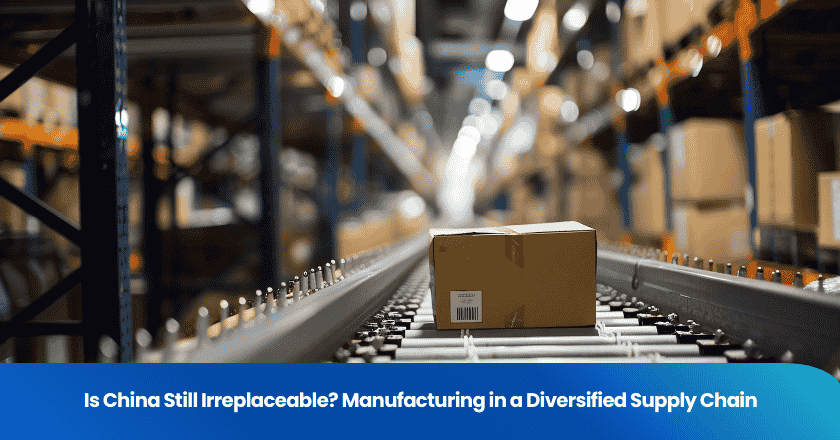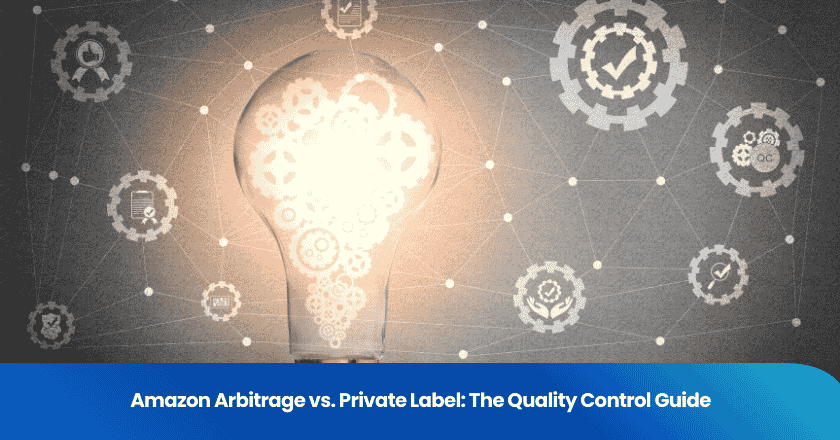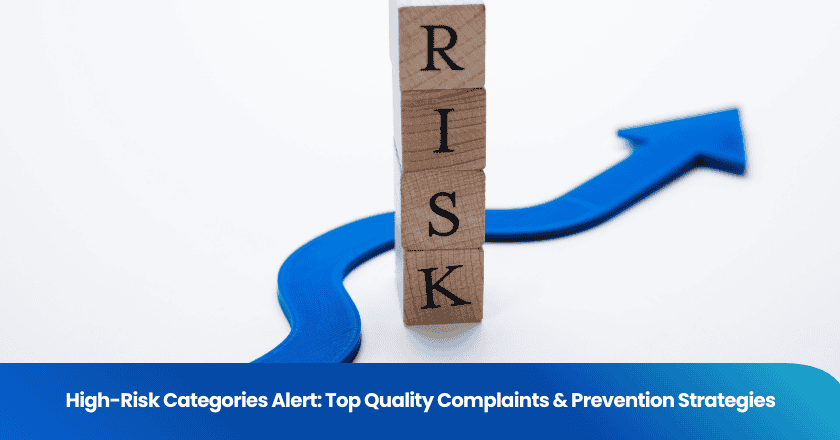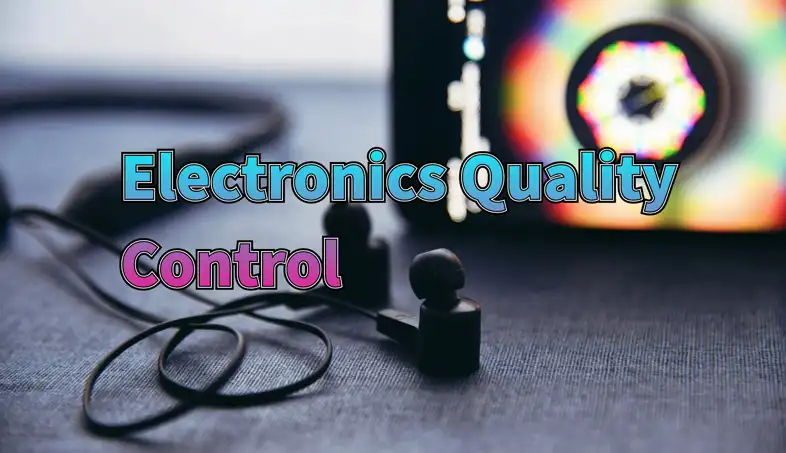
Quality control is the cornerstone of success in the electronics manufacturing industry.
Quality control (QC) can prevent product recalls, customer dissatisfaction, and financial losses caused by defects. It ensures the reliability, performance, and compliance with regulatory standards of products. Electronic manufacturers adhere to various standards, such as ISO 9001 for quality management, IEC standards for electronic components, and RoHS compliance for environmental safety
Understand electronic product quality control
Definition and scope of electronic quality control
Electronic quality control is a systematically and comprehensively designed and implemented process and measure to ensure that various electronic products strictly comply with predetermined quality standards.
The quality control system permeates every crucial aspect of electronic product production, encompassing everything from the procurement of raw materials, production and processing, to the assembly and testing of finished products, and even the final packaging and delivery. It involves meticulous testing, thorough inspection, and rigorous compliance verification at every production stage, ensuring that every electronic product meets or even exceeds customer expectations.
Common defects in electronic products and their impacts
In the production process of electronic products, the common types of defects and their potential impacts cannot be ignored.
Electrical faults: short circuits, overheating, and power supply issues. These issues may manifest as short circuits, overheating, and unstable power supply, which directly affect the basic operational functions and safety of electronic products.
Mechanical defects: Poor welding, component misalignment, and physical damage. For instance, poor welding can lead to loose connections, component misalignment can affect the overall assembly accuracy, and physical damage can cause dual losses in appearance and functionality.
Software issues: Firmware errors may cause product malfunctions, while compatibility issues may limit the scope of product usage and user experience. These defects may not only lead to frequent product failures, causing customer dissatisfaction and complaints, but in more severe cases, they may also pose potential safety hazards, threatening the safety of consumers' lives and property.
These defects may lead to product malfunctions, customer dissatisfaction, and even potential safety hazards.
The role of quality control in enhancing consumer trust
An enterprise capable of consistently delivering high-quality electronic products can undoubtedly establish a positive brand image in the minds of consumers and foster strong consumer confidence. This is crucial for the enterprise to stand out in fierce market competition and establish a competitive advantage.
The main objective of effective quality control
What are the main objectives that effective quality control should pursue?
Reducing defects: Reducing defects is one of the core tasks of quality control. By identifying and addressing issues at the early stages of production, we can minimize resource waste, enhance production efficiency, and improve product quality.
Ensuring safety and compliance: Ensuring the safety and compliance of products is also an indispensable part of quality control. This means that electronic products must meet international safety standards and relevant regulatory requirements to ensure their safety and reliability during use
Enhancing consumer trust: Enhancing consumer trust is the ultimate goal of quality control. By providing products that are reliable and meet or even exceed consumer expectations, enterprises can not only win the recognition and trust of consumers, but also establish a good reputation in the market, laying a solid foundation for the long-term development of the enterprise.
Key stages of electronic quality control
Quality control is a crucial aspect in ensuring that products are of high quality, reliable, and meet market demands. The process encompasses every detail from pre-production preparation to the final delivery of the product to customers. Below is an explanation of the key stages of electronic quality control:
Quality plan before production
The quality plan before production is the primary stage of electronic quality control, laying the foundation for quality control throughout the entire production process.
The core tasks of this stage include clarifying and defining the quality standards for the product, which encompass functional performance as well as multiple aspects such as safety, durability, and user experience.
Choosing the right materials is also crucial, as the quality of materials directly affects the quality and reliability of the final product.
Enterprises must establish close cooperative relationships with suppliers, conduct rigorous screening and evaluation of the components provided by suppliers, ensure their reliability, stability, and compliance, and provide strong guarantees for producing high-quality electronic products.
Online quality inspection
Online quality inspection is a real-time monitoring component of electronic quality control, permeating throughout the entire production process.
The main purpose of this stage is to continuously monitor every aspect of the production line, detect and address potential defects in real time.
Specifically, online quality inspection includes rigorous testing of welding quality to ensure that each welding point is firm and reliable; verification of assembly accuracy to ensure that all components of the product can be assembled together accurately and without error; and comprehensive inspection of whether the product meets design specifications.
Through a series of online quality inspection measures, problems in the production process can be identified and resolved in a timely manner, ensuring that the produced electronic products are of stable quality and excellent performance.
Final product testing
Final product testing is an indispensable part of electronic quality control, which involves comprehensive and systematic testing of the electronic products that have been produced.
The testing content of each stage covers multiple aspects such as product functionality, safety, and compliance with industry standards. Through functional testing, it can be verified whether the product possesses all the functions required by the design.
Through safety testing, it can be ensured that the product will not pose any safety hazards to users during use. The testing for compliance with industry standards ensures that the product meets the specifications and standards of the relevant industry and is competitive in the market.
The outcome of the final product testing will directly determine whether the product can be shipped for sale, making quality control at this stage crucial.
Packaging and shipment inspection
Packaging and shipping inspection is the final step in electronic quality control and a crucial process to ensure that products are delivered to customers safely and intactly.
Enterprises need to properly package their products to prevent damage during transportation.
It is also necessary to inspect the product labels to ensure that the content is accurate and meets relevant requirements.
Through strict control over packaging and shipment inspection, we can minimize the loss and risks of products during transportation, ensuring that customers receive satisfactory and high-quality electronic products.
Addressing challenges in electronic quality control
In the manufacturing process of electronic products, quality control is a crucial step to ensure product performance, safety, and reliability.
However, with the continuous advancement of technology and the increasing complexity of the market, electronic quality control faces numerous challenges.
Below is an explanation of these challenges and their corresponding strategies:
Dealing with the variability in component quality
The variability in component quality poses a significant challenge in electronic quality control.
Components provided by different suppliers may exhibit quality fluctuations, which directly affect the performance and stability of the final product.
To address this challenge, enterprises need to implement a strict supplier audit system. By conducting a comprehensive evaluation of suppliers' qualifications, production capabilities, quality management systems, etc., they can ensure that they select suppliers with reliable quality assurance capabilities.
It is also crucial to utilize advanced testing methods to verify the consistency of components. Through precise testing methods, we can detect the performance parameters, reliability indicators, etc. of components, ensuring that they meet design requirements and effectively reducing product quality issues caused by component quality differences.
Managing complex supply chains
In the context of globalization, the supply chain of electronic products has become increasingly complex.
The complexity of supplier tiers and their widespread geographical distribution pose significant challenges to quality management.
To effectively manage complex supply chains, enterprises can leverage digital tools such as blockchain. Blockchain technology, characterized by decentralization and immutability, enables transparent tracking and management of supply chain activities.
Through blockchain technology, enterprises can grasp real-time information on various aspects of the supply chain, including raw material sources, production processes, logistics and transportation, ensuring the traceability and transparency of the supply chain. This helps to promptly identify and solve problems in the supply chain, improving the efficiency and accuracy of quality management.
Mitigate the risk of counterfeit parts
Counterfeit parts pose a significant risk in electronic quality control.
Counterfeit parts not only lack quality assurance, but may also have a serious impact on product performance and safety.
To mitigate this risk, enterprises need to adopt reliable verification processes. During the procurement process, strict identity verification and performance testing should be conducted on the components provided by suppliers to ensure their authenticity and reliability.
Establishing long-term and stable partnerships with trusted suppliers is also an effective way to reduce the risk of counterfeit parts. By collaborating with trusted suppliers, enterprises can obtain parts with guaranteed quality, thereby minimizing quality issues and economic losses caused by counterfeit parts.
Train and enhance the skills of the quality assurance team
The quality assurance team is the core force in electronic quality control.
The skill level of team members directly impacts the effectiveness and efficiency of quality control. To enhance the skills of the quality assurance team, enterprises need to invest in ongoing training programs.
Through regular training and learning, the QA team is equipped with the latest technologies and quality control methods, enhancing their professional expertise and ability to tackle complex issues.
Encourage team members to actively participate in industry exchanges and technical discussions, broaden their horizons, stay informed about the latest industry developments and trends, and provide strong support for the company's quality control efforts.
Choose the right electronic quality control partner
However, with the continuous development of technology and the increasing competition in the market, many companies choose to outsource electronic quality control to professional service providers. So, how to choose a reliable electronic quality control service provider?
Below are some key selection criteria, as well as the numerous benefits of outsourcing electronic quality control.
Criteria for selecting reliable quality control service providers
Industry experience and professional knowledge
Choose a quality control service provider with rich industry experience and professional knowledge.
Such service providers are familiar with the manufacturing process and quality control essentials of electronic products, and can also provide customized quality control solutions based on the specific needs of enterprises.
The professional team possesses profound technical expertise and practical experience, ensuring the accuracy and effectiveness of quality control work.
Comprehensive service scope
An excellent quality control service provider should offer a comprehensive range of services, including but not limited to testing, compliance certification, and more.
Testing is the foundation of quality control. Strict testing ensures that the performance and safety of products meet design requirements. Compliance certification serves as a passport for products to enter the market. Certification that complies with relevant regulations and standards can enhance the market competitiveness of products
Choosing a quality control service provider that can offer comprehensive services can save enterprises a lot of trouble and improve work efficiency.
Transparent reporting practices
Transparent reporting practices are a crucial aspect that cannot be overlooked when selecting a quality control service provider.
A reliable service provider should be able to provide detailed and accurate test reports and compliance certification reports, allowing enterprises to clearly understand the quality control status of their products.
They should also be willing to share test data and processes with the enterprise, so that the enterprise can better understand the product's performance and potential issues.
Good reputation and customer reviews
When selecting a quality control service provider, the reputation of the company and customer reviews are also important references.
Service providers with a good reputation usually mean that their work has been recognized and trusted by customers.
Enterprises can learn about the service quality and professional level of service providers by checking their official websites, customer reviews, industry reports, and other channels.
Benefits of outsourcing electronic quality control
Cost effectiveness
Outsourcing electronic quality control can significantly reduce the need for internal testing infrastructure within enterprises. Enterprises do not need to invest a large amount of money in purchasing testing equipment and hiring professionals, thus saving costs.
Outsourcing service providers typically possess advanced testing equipment and professional testing teams, enabling them to provide more efficient and accurate testing services, thereby further reducing the costs for enterprises.
professional knowledge
By outsourcing electronic quality control, enterprises can acquire professional knowledge and advanced technical support.
Outsourcing service providers typically possess extensive industry experience and professional knowledge, enabling them to offer enterprises the latest quality control technologies and methodologies. This aids enterprises in enhancing product quality and competitiveness, thereby meeting the ever-changing demands of the market.
flexibility
Outsourcing electronic quality control can provide greater flexibility for enterprises.
With the continuous changes in the market and the ongoing adjustments to production demands, enterprises may need to flexibly adjust their quality control strategies and schemes. Outsourcing service providers typically possess stronger adaptability and flexibility, and are capable of providing customized quality control solutions tailored to the needs of enterprises, thereby assisting them in better addressing market challenges.
END
Effective quality control necessitates meticulous planning, real-time monitoring, and adherence to international standards. By prioritizing quality control, manufacturers can foster innovation, establish consumer trust, and gain competitive advantage in the dynamic electronic market.
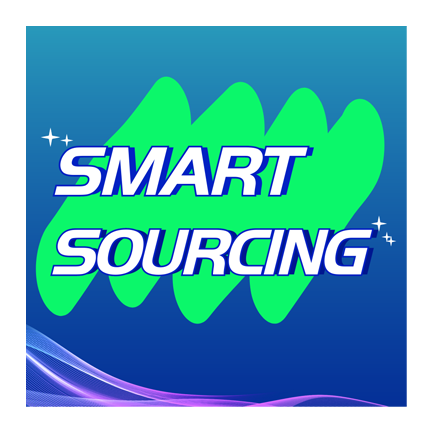
Smart Sourcing & Quality Assurance Content Team
Article by Smart Sourcing & Quality Assurance Content Team
The Smart Sourcing & Quality Assurance Content Team is dedicated to delivering high-quality, easy-to-understand information that empowers our audience to navigate the complexities of global sourcing and quality assurance. Our team of writers has extensive experience in creating content across various fields, including procurement, supply chain management, quality assurance, market trends, and industry best practices. We specialize in sectors such as apparel, textiles, and consumer goods, providing targeted insights to help businesses in these industries optimize their sourcing strategies, ensure product quality, and maintain a competitive edge in the market.
Grow your business with TradeAider Service
Click the button below to directly enter the TradeAider Service System. The simple steps from booking and payment to receiving reports are easy to operate.

